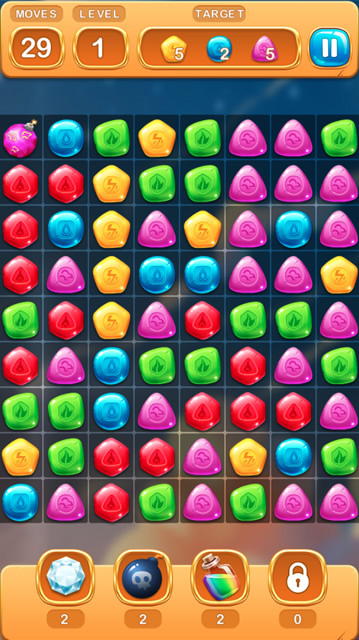

The first use of the term mind map was in the 1970s.

It's not clear who the original inventor of mind map is, but the modern concept of mind maps as we know it was coined by Tony Buzan. To learn more about mind maps, read our Comprehensive Guide to Mind Map.

Mind maps also improve retention because the brain associates visuals with corresponding information. They can help you organize your thoughts and illustrate the relationships between ideas. There are many benefits to using mind maps as a study aid. For capturing one’s thoughts quickly, a mind map may be the best solution. Because of its graphic representation and typically succinct form, mind maps help viewers access information in a quick and clear way. Mind mapping can help organize one’s thoughts, breakdown a complex subject, or create a plan. Mind map (or concept maps, brain mapping, thinking maps) is a type of diagram used to visually organize and present information.


 0 kommentar(er)
0 kommentar(er)
